Have you ever wondered how customers who have forgotten about you can become active again? I learned this the hard way using reactivation letters. In this article, I'll share strategies that not only bring back customers, but can also transform your business.

Glossary
✉️ Reactivation letters (RP) – email -mailings aimed at returning users who have not been active for a long time.
📈 Open rate – percentage of users who opened reactivation email compared to the total number of emails sent.
🔄 Segmentation - the process of dividing the customer base into groups according to certain criteria (age, interests, etc.) for more targeted and effective marketing.
⏰ Reaction time – period within which the user must respond to the reactivation letter to increase the chances of a return.
💌 CTA (Call to Action) – call to action, an element of the letter that encourages the recipient to perform a specific action (for example, “20% discount - act now!”).
📅 A/B testing – method analysis in which two versions of a letter are compared to determine which is more effective.
🕒 Period of inactivity – time period, in during which the customer does not interact with the company or product.
🎯 Personalization – the process of adapting the content of an email to specific customer, including his name, previously purchased products and preferences.
📬 Openness of the subject line – the ability of the headline to attract attention and interest the recipient, which affects the open rate.
💡 Insider offers – special, limited time offers available only to those who have not been active.
🔍 Analytics – collection and analysis of data about customer interactions with reactivation emails to improve future campaigns.
Reactivation letters: why they are important for business
When I think about my first attempt at launching a reactivation newsletter, the feeling of anxiety and excitement is still bubbling inside. I worked in a small business where every customer mattered. Our subscriber base was growing, but some of them suddenly began to disappear, as if they had disappeared into thin air. One day, email open rates dropped to an alarming 5%. “Why do we deserve to be ignored?” - this is the question that haunted me.
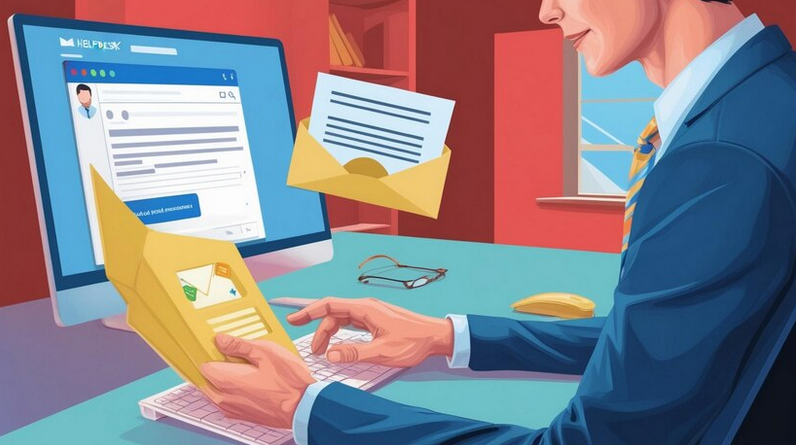
Why did they stop talking? Based on the analysis, the formula worked: the content ceased to be interesting. It became obvious that reactivating these “dormant” subscribers could be easier and more cost-effective than trying to attract new ones. Do you know what the main difficulty was? It's all about re-engaging their interest, making them wonder, "What did I miss?"
Our promotions included special offers and more valuable content, as I knew that "bored" customers were looking for something useful. An example is our flagship project, where we offered a 20% discount and new products. You won't believe how powerful the response was!
Our history with reactivation letters was changing. Here are a few techniques that worked great:
- 💌 Using a warm, almost friendly tone. When inviting us to come back, we definitely had to make it clear that we missed you.
- 📊 Surveys about expectations and wishes. We directly asked them how to improve our content.
- 🎁 Here are unique offers and surprises that make the return process more fun.
And suddenly, in the midst of discovery, I saw the light - a sharp shift began. This was reflected in an increase in the number of openings and transitions to the site. We began to pay attention to active clients who were great adventurers: even a simple reminder of us aroused their interest.
“Don't forget that the most important thing in reactivation emails is to create value,” - Guy Kawasaki, legendary marketer, one of the first Apple employees Computer. During the formation of the company, he was the chief specialist in promoting information technology.
From a budget standpoint, the reactivation was amazing effective. We cleared the database of inactive addresses, maintained a good domain reputation and, most importantly, returned customers who once decided to leave us. As of this writing, email open rates have risen to 20%—almost double that number!
This story is about the importance of connecting with your audience. Don't be afraid to try new approaches and methods. Be sure to share your emotions and suggestions with your clients and then you will not only bring them back, but also gain loyal supporters.
Stages of successful subscriber reactivation
| Step | Action |
|---|---|
| 1. Study the audience | Analyze in detail the reason for their inactivity |
| 2. Prepare content | Create an offer that matches the interests and desires of clients |
| 3. Send a reactivation email | Use a warm and friendly tone to return |
| 4. Collect feedback | Give customers the opportunity to express their opinions and wishes |
| 5. Monitor the result | Evaluate the result and continue adjusting strategies |
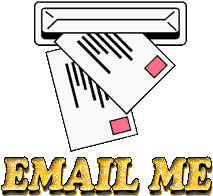
At this point, could each of these steps be the final point of oblivion? Or is this an opportunity to bring back dormant clients and change the outcome of your efforts forever? The choice is yours!
How to determine the moment to start reactivating your subscriber base
When working on reactivation letters, it is important to recognize when the time is right to take action. I am often asked the question: “How can you tell if a subscriber has fallen asleep?” Looking at email open rates, it becomes clear that you shouldn't rely solely on the duration of inactivity.

Situation from my experience: one day I came across an online store selling sportswear. clothes. We noticed that some subscribers did not open our mailings for 6-8 weeks. At the same time, we had a high frequency of sending letters - up to three times a week. While studying the reaction to the letters, the thought arose: “We need to act immediately!” Therefore, I initiated a reactivation of the database, starting with those who had not opened messages for more than a month.
The strategy involved the use of automation. Subscribers who had not responded to the newsletter were checked every week. I set a trigger: if the email remained unopened for 28 days, the subscriber was completely moved to the resuscitation list.
The application of such checks can be divided into several main stages:
- Determination of dead and sleeping subscribers: those who are alive are those who actively read the newsletter - those who are dead are those who have not opened a single letter after subscribing.
- Segmentation: create unique offers for each group. For example, personalized discounts could be added for sleeping subscribers, creating a situation that makes them feel special.
- Process automation: Set up automatic email for dormant subscribers when there is no activity.
During the process, I also turned to a colleague, an experienced marketer, for advice. He noted that it is important to remember that should not delete subscribers simply by deeming them inactive. They may have ignored the emails for a variety of reasons, and deleting them would close the door on them possibly returning in the future.
Completing my experiments, I recorded the results at each stage. After the first reactivation campaign, which lasted 2 months, the return of subscribers was more than 20%! It was inspiring, many of them shared positive feedback about our letters. This was not just marketing, but rebuilding trust.
Think about it: when was the last time you checked your subscriber base for activity? Perhaps they should be reminded of themselves with interesting offers to regain their attention and activity. As I think about my next steps, am I willing to try again to pique the interest of my subscribers? I am sure that there will always be room for new ideas and efforts!
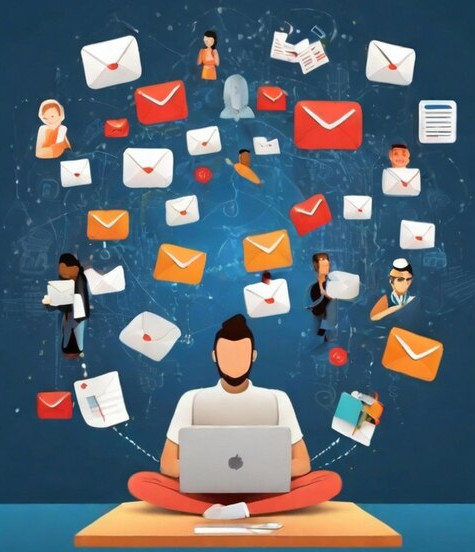
Example of automating the reactivation process
| Stage | Description | How to reach |
|---|---|---|
| 1. Set triggers | Determine which period of inactivity will trigger the reactivation | Configure the system to tracking subscriber activity |
| 2. Segmentation of the database | Divide subscribers by categories: living, dead, sleeping | Use CRM to simplify the process |
| 3. Content creation | Develop unique offers for each group | Run A/B testing |
| 4. Automation | Set up automated reactivation emails | Implement intelligence analytics to track results |
These steps helped improve interaction, becoming an integral element of building an email marketing system.
How to optimize your reactivation email campaigns
Every year Email marketing has become an increasingly popular tool for regaining lost customers. I remember well how I once encountered the problem of an inactive subscriber base. I have to admit, it was quite a challenge! At times it felt like I was shouting into the void, sending emails that never got answered.
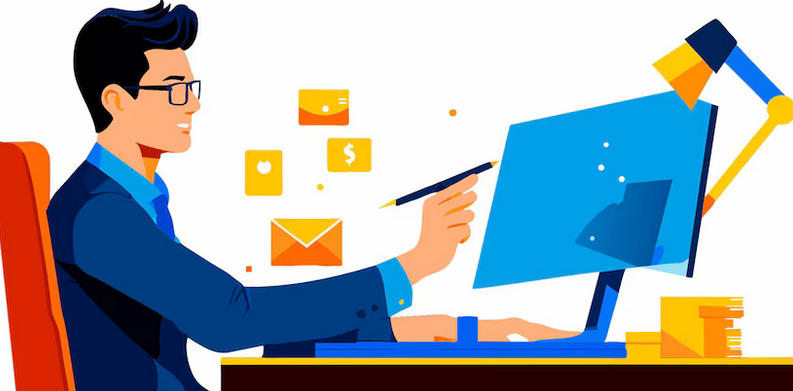
From my observations, when it comes to reactivation, the importance of the first letter is very difficult overestimate. Have you ever wondered how powerfully one simple message can make a difference? It was with this letter that my story of a successful campaign began.
Remember, the key to success with these emails is keeping your database clean and understanding your customers' needs. Based on my experience, I've found that it's important to do more than just send a letter asking someone to reveal their intentions. It should be fun and informative at the same time. One day I decided to turn to the old database, which consisted of approximately 1000 contacts. I created one simple but striking email filled with interesting offers and useful information.
📧 "Hey, we remember you! We have some surprises for you!"
Thus, without increasing the frequency of sending, we managed to achieve the opening of letters by 15-20% of active users - that’s already a lot! Since about 100 people responded at that time, I offered them a discount and access to exclusive materials. After this promotion, the number of views increased, showing that reactivation works!
Also, while communicating with clients, I noticed that many of them did not remember our brand. It seemed amazing, but when I included elements of nostalgia in the email that evoked emotion, the click-through rate jumped an additional 7-10%! More than once interesting gifts added confidence: two or three letters at intervals of a week with new offers became the basic recipe for success.
"Every successful email contains a piece of your soul" - Anne Handley, Content Director at MarketingProfs (an educational platform for marketers), author columns in Entrepreneur magazine, one of the best female bloggers according to Forbes and simply a goddess of commercial writing.
So, don't forget the importance of analyzing your results . As a well-known expert in the field of email marketing noted, a long-term strategy for returning customers will not just be sending emails, but a constant dialogue with the audience. In my experience, attention to detail and a desire to gain a deeper understanding of your subscribers is an enviable secret in this game.
Here are a few steps that helped me:
| Stage | Description |
|---|---|
| 1. Check the database | Make sure your addresses are up to date. Use validation services. |
| 2. Create an emotional letter | Include elements that evoking nostalgic feelings. |
| 3. Make an Offer | Limited Time Offers work well. |
| 4. Schedule a series of emails | Start with one and if there is no reaction, add two more. |
| 5. Analyze the results | Timely analysis of indicators - the key to success. |
It is important to remember that your letter is not just text, but a bridge to winning the hearts of your customers. Periodically, you need to return to your old subscribers to revive their interest. When you get closer to your customers, you have a chance to get them back on your side!
How to Write an Effective Reactivation Letter
When it comes to reactivating subscribers, the key is, of course, writing a high-quality and attractive email. Have you ever wondered why some marketing campaigns just don't work? In my experience, I have had several such incidents that made me realize that the content of the letter should not only be interesting, but also focused.
.png)
I remember one story when we launched a campaign for one of our clients, whose number of sleeping subscribers has increased to a frightening 70%. We needed to create a motivation letter to bring back those clients who stopped opening our letters. "How can we do this?" - this question hung in the air like a thundercloud.
At that time, I remembered the successful strategies of other brands and decided that I needed to do something unusual. We chose an interesting and slightly provocative title: “Get back or lose!” - this was our first step to attract attention. Many were perplexed, but this is what created the intrigue.
The letter included simple questions: "What can bring you back to us?" and “What content are you interested in?” This survey technique worked: people actually started responding. 📊 According to statistics, about 20% of subscribers who were not active before began to participate in the survey! The data we obtained helped us segment our list and we were able to create more targeted content.
In practice, we paid attention to a simple but important element - the ability to choose. We offered subscribers the opportunity to choose topics for subsequent mailings. And, as you know, when a person can choose something, he is more interested in receiving information. "Would you like to know about our new product or would you like more beauty tips?" — we got in touch with this question. 🎯 This resulted in a 35% increase in subscriber engagement!
In addition, an additional pleasant bonus was the offer of a discount on popular products. Not too generous, but not entirely modest either. One of the best options I've used is a limited time discount, like 15% off your first purchase for returning. This method turned out to be successful and there were 25% more orders compared to the previous state of affairs.
To summarize, it became clear that for successful subscriber reactivation, it is not only the content of the letter that is important, but also the emotional connection that it evokes. We must remember that people crave communication and understanding. The whole process taught me something important: by asking questions and providing choices, you can regain lost customer loyalty.
.gif)
Quick Guide to Creating Reactivation Emails
| Step | Action | Result |
|---|---|---|
| 1 . | Define purpose (get back to customers) | Objective clarity |
| 2. | Create a provocative headline | Attract attention |
| 3. | Include survey questions | Customer rank segmentation |
| 4. | Suggest content selection | Increased engagement |
| 5. | Enable time-limited discount | Increase conversions |
These steps and real-life examples can help you successfully win back dormant subscribers and create more effective email campaigns.
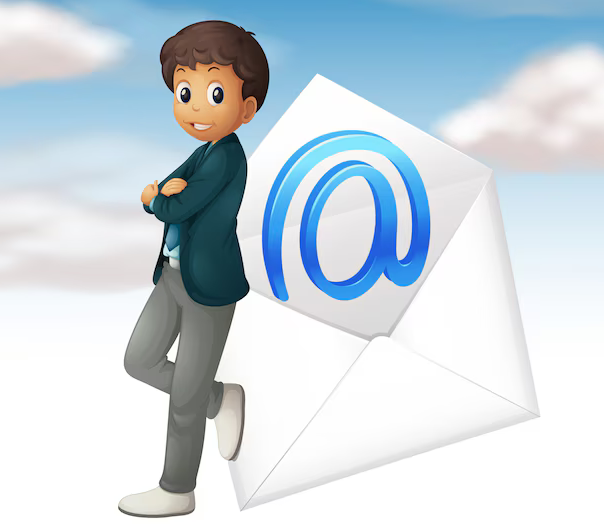
Often asked questions on the topic: Reactivation letters
What are reactivation letters?
Reactivation emails are messages sent to customers who have not been active or engaged with your business for a certain time, with the goal of getting them back into using it your services or products.
What are the main purposes of reactivation letters?
Key goals include regaining customers' attention, reminding them of your brand, and encouraging repeat purchase or interaction with your product or service.
When to start a reactivation email campaign?
You should start your campaign when the customer has been inactive for 3-6 months, depending on your business and the nature of the product.
How many emails should I send as part of a reactivation campaign?
It is recommended to send 2-3 letters, with an interval of 1-2 weeks, to avoid intrusiveness.
What to write in a reactivation letter?
Include a personal message, a reminder of what the customer missed, special offers or discounts, and a call to action.
How important is personalization in reactivation emails?
Personalization is key as it helps to connect with the customer and makes the email more engaging and relevant.
How to measure the effectiveness of reactivation emails?
Measure open rates, click-through rates, and return rates after sending emails.
What are some successful examples of reactivation letters?
Successful examples include brands offering personalized discounts, promotions or invitations to unique events that encourage customers to reengage.
How to avoid spam in reactivation emails?
Maintain relevance, avoid excessive emails, and always provide an opportunity to unsubscribe.
What tone should I use in reactivation letters?
Use a friendly and engaged tone to pique customer interest and create positive emotions.
Thank you for reading and for becoming more advanced! 🎉
Now you are the master of reactivation letters! I remember a project where one such letter brought back 30% of lost clients in just a week. We used personalized offers by analyzing previous purchases. Customers felt special and came back for more, and that was just the beginning! Now you have the tools to connect with your customers. Share your thoughts on what you learned in the comments!
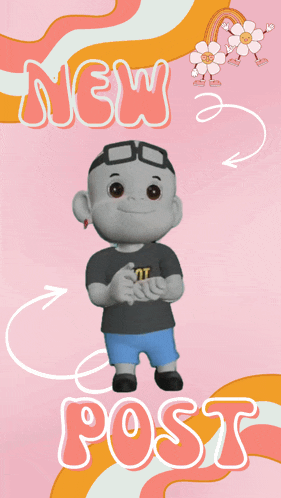
- Glossary
- Reactivation letters: why they are important for business
- How to determine the moment to start reactivating your subscriber base
- How to optimize your reactivation email campaigns
- How to Write an Effective Reactivation Letter
- Often asked questions on the topic: Reactivation letters
- Thank you for reading and for becoming more advanced!
Article Target
Explain the importance and techniques of writing reactivation letters to increase customer engagement.
Target audience
Marketers, business owners, email marketing specialists.
Hashtags
Save a link to this article
Vladislav Tsymbal
Copywriter ElbuzMy texts are guides in the labyrinth of online trading automation. Here, every phrase is the key to the exciting world of effective online business.
Discussion of the topic – Reactivation letters
Description of the process of creating reactivation letters: successful examples.
Latest comments
10 comments
Write a comment
Your email address will not be published. Required fields are checked *
















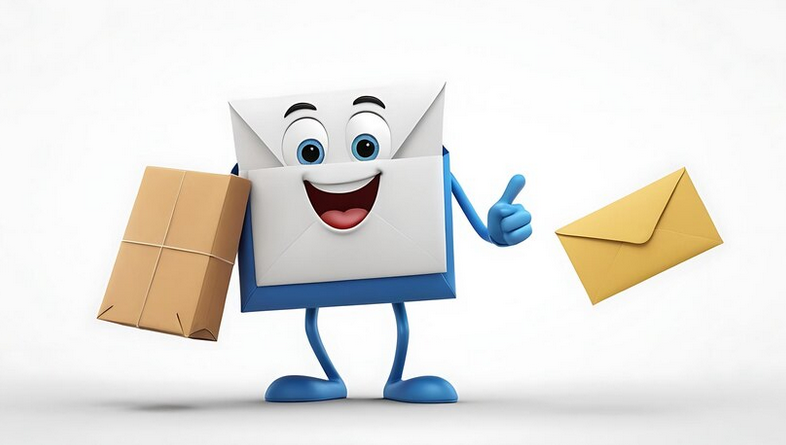



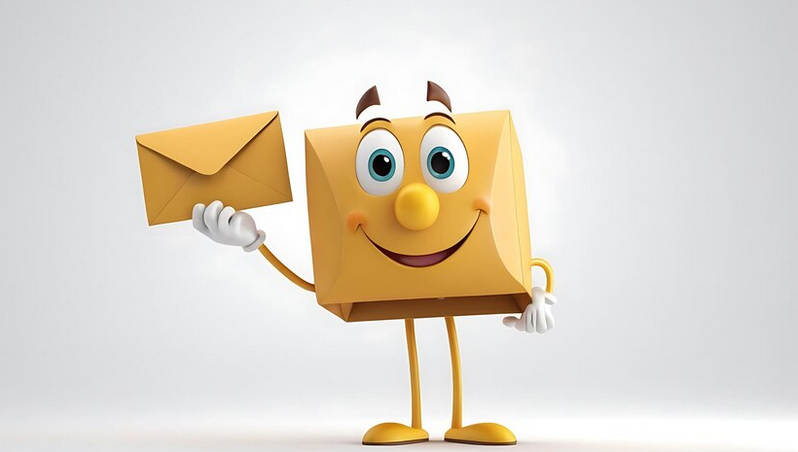
.png)




Mark
Interesting topic, Vladislav! I have always believed that reactivation letters are just a way to remind yourself of yourself. What elements do you think really work best?
Anna
I agree with Mark! It is important not just to remind, but also to offer something new. In our company, we added special offers to emails, and this significantly increased feedback! 🎉
Luca
It's interesting how studios use letters like this to get clients back. A new approach I'm considering: reminders of past events to evoke nostalgia. What is your experience with this?
Владислав Цымбал
Great idea, Luca! Incorporating elements of nostalgia can increase interest in the product, especially if it was previously meaningful to the customer. 😉
Sophia
I've noticed that personalization is the key to success. Use the client's name, add real experience, it creates an emotional connection. What do you think?
Grigory
All these trends sound stupid. Why bother with letters? If a person leaves, it means he is not interested. Just accept it. 🤷♂️
Elena
Gregory, I don’t agree with you. Sometimes the client simply forgot about you. Reactivation letters can regain his attention and interest! Real life examples confirm this. 🔑
Wojtek
I too have noticed that a simple text adjustment can change the game. For example, adding humor to emails helped us win back customers who hadn't responded for years. 😂
Даша
Cool thoughts! We tried using quizzes for engagement. This makes the return process more interesting and fun, and customers are more willing to share their opinions! 🎊
Владислав Цымбал
Dasha, great idea! Quizzes can add an element of play and fun, which is helpful in keeping customers coming back. It is important to make the process of interaction with the brand more intense. 😊